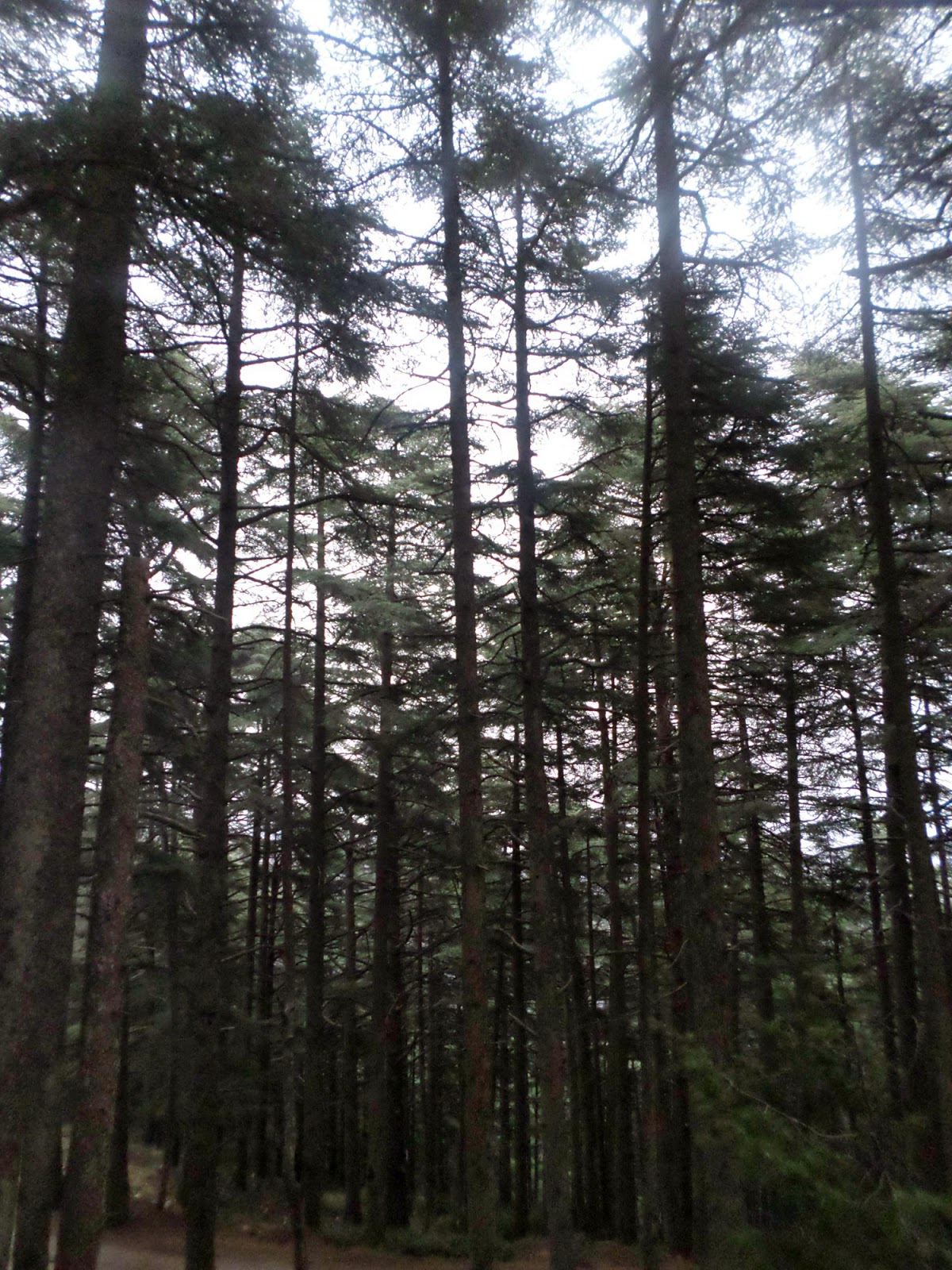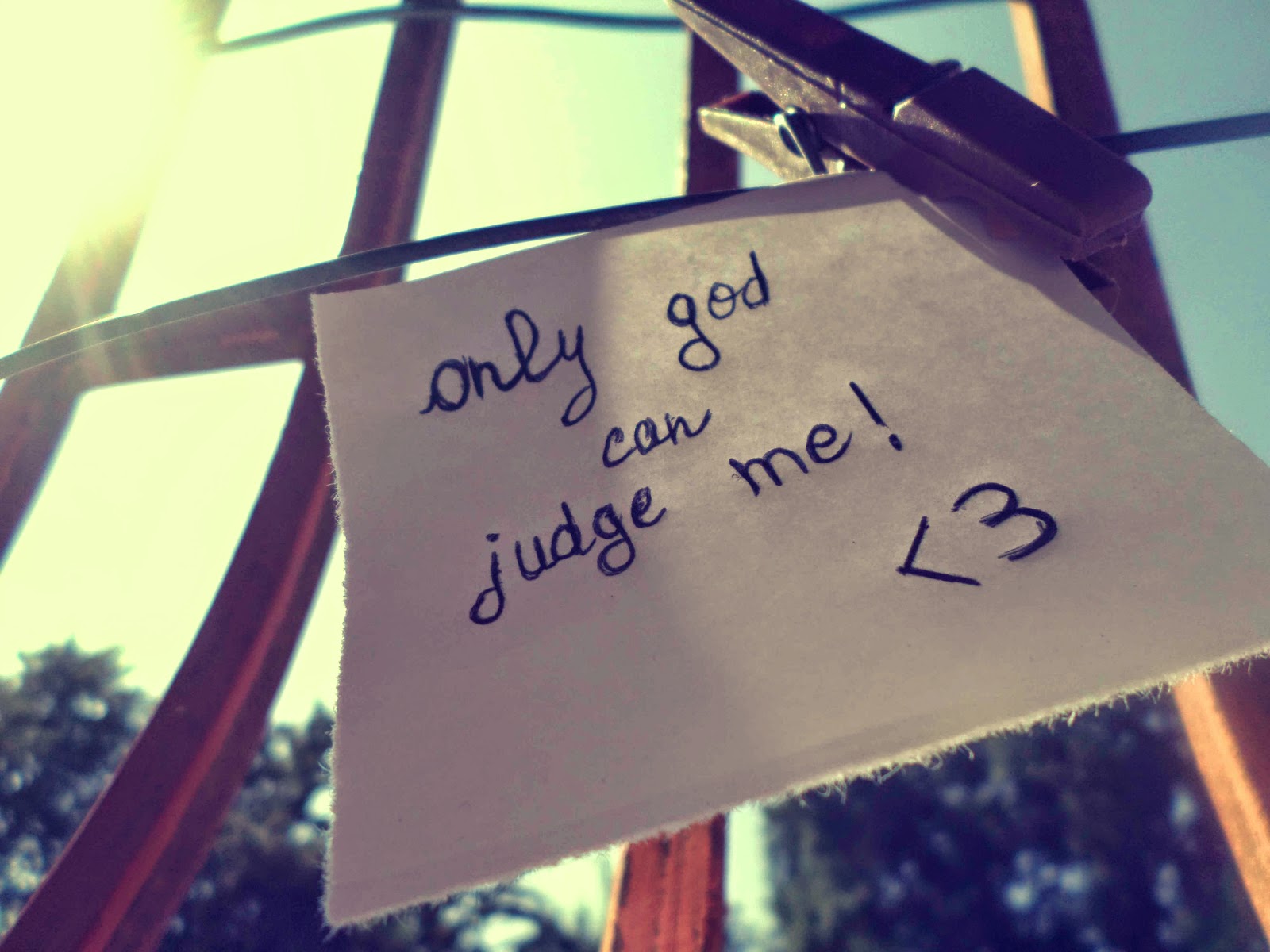Shown below is a set of ten amazing macro photographs. Each
photograph includes an explanation of the camera equipment that was used
and tips on how it was taken.
Many of the images below have been taken with a Canon EF 100mm f/2.8
Macro lens, the settings can be reproduced with any real macro lens.
You’ll aslo notice they were photographed with an entry level camera,
demonstrating that anyone with a DSLR can shoot awesome macro
photographs.
1. Use a ring flash or twin lite flash when shooting macro
Using a flash will allow you to shoot at a reasonable speed, yet
enable you to keep the aperture on a high f/11 for sufficient depth of
field. I understand it isn’t always possible for beginner photographers
to purchase external flash. However we recommend keeping it in mind for
later on.
The photo shown below was shot in a shady part of the garden. Using a
Canon Macro Twin Lite MT-24EX flash allowed me to keep the aperture on a
high f/11 without sacrificing shutter speed (exposure). Having the
ability to keep the shutter speed at a fast 1/200th of a second allowed
me to capture the moving insect sharply. It also allowed me to hand hold
the camera without the use of a tripod. Like many macro photographers, I
find a tripod really restrictive when photographing insects.

Photograph of a hoverfly in flight was taken with a Canon 400D SLR entry level camera, a
Canon EF 100mm f/2.8 Macro lens and a Canon Macro Twin Lite MT-24EX flash.
Exposure (shutter speed): 0.005 sec (1/200)
Aperture: f/11
Focal Length: 100 mm
ISO Speed: 200
Exposure Program: Manual
Metering Mode: Pattern
2. Learn to focus manually
Learn to use manual focus when shooting insects. As the hoverfly was
constantly moving, I found turning off the lens AF (automatic focus)
function made the job so much easier. If I hadn’t turned this lens
setting off, it would have kept swimming or refocusing, making it near
impossible to capture a sharp image of the hoverfly.
This macro was taken with a Canon 400D SLR camera, a Canon EF 100mm f/2.8 Macro lens and a Canon Macro Twin Lite MT-24EX flash.
Exposure (shutter speed): 0.005 sec (1/200)
Aperture: f/11
Focal Length: 100 mm
ISO Speed: 200
Exposure Program: Manual
Metering Mode: Pattern
3. Learn to be patient
Learn how to be patient. Don’t run around like a mad photographer
chasing an insect that won’t sit still. In my experience, that doesn’t
work! You’ll be surprised how many insects are as curious of you, as you
are of them.
I was lucky with this macro shot to have found a curious dragonfly.
He sat really still and would allowed me to move in as close as I needed
for a detailed macro photo of his whiskers. This also allowed me to
keep the camera’s lens set on AF (automatic focus).
4. Crop images tight for online viewing
Crop macro images nice and tight, especially for online viewing. The
original dragonfly image was cropped with Photoshop CS2 so the
dragonflies face takes up the majority of the final composition.
Similar to the first two macro photographs, this one was also taken
with a Canon 400D SLR camera and a Canon EF 100mm f/2.8 Macro lens.
Exposure: 0.005 sec (1/200)
Aperture: f/11
Focal Length: 100 mm
ISO Speed: 400
Exposure Program: Manual
Metering Mode: Pattern
Once again, learn patience. This dragonfly come up to me as I sat
under a tree, so I took the opportunity to take a few shots of it. This
is one of my best tips for insect photography. I can’t repeat it enough.
Personally, I’ve found it hopeless chasing them around like a mad
photographer. That only seems to scare them away. Instead, it’s best to
be patient and wait until you find a curious insect that is sitting
still.
5. Try extension tubes
Experiment with extension tubes. They are cheaper than you might
think. If you view a photographs EXIF data and notice the aperture and
focal length are showing as zero (0), chances are the photographer used
an extension tube or some piece of equipment that sat between the
camera’s body and the lens.
Playing with water droplets, a Canon EF 100/2.8 Macro USM lens and
extension tubes. For those that don’t know what extension tubes are,
they are a plastic tube that sits between your camera’s body and the
lens. When using extension tubes, you need to set your lens to MF
(manual focus), because the automatic focus won’t work. Nowadays if
you purchase extension tubes that are the same brand as your macro lens,
you may be able to keep all the automatic functions (depending on the
brand).
Exposure: 0.005 sec (1/200)
Aperture: f/0
Focal Length: 0 mm
ISO Speed: 100
Exposure Program: Manual
Metering Mode: Pattern
Flash: Onboard flash fired, as seen in the water drop.
6. Set shots up
All the best macro photographers set shots up. This shot of a water
droplet was taken with a plastic bag (and a pin hole in it) being held
over a fish tank. The camera was then focused past the glass tank and
onto the droplet. There is a detailed explanation showing the setup for
it at:
How to photograph water drops.
7. When to use a tripod
Use a tripod if you cannot shoot faster than the length of your lens.
For example, this photograph was taken with the use of a tripod and a
remote release. Having a slower shutter speed of 1/30th of a second, I
wouldn’t have achieved a sharp image if the camera was handheld. A
general rule of thumb for hand held macro shots, is that if your lens is
100mm focal length, then the shutter speed needs to be at least 1/100th
of a second or faster to achieve a sharp photograph. Therefore, if you
are shooting in a shady spot of the garden, you will need a tripod to
achieve great results.
Photographed with a Canon 400D and a EF 100mm f/2.8 Macro lens. When
photographing a friendly carpet snake, it was a great opportunity for a
self portrait.
Exposure (shutter speed): 0.033 sec (1/30)
Aperture: f/2.8
Focal Length: 100 mm
ISO Speed: 100
8. Aperture Settings
Just because your macro lens can shoot with an aperture of f/2.8
doesn’t mean you should use it. For this shot, the ISO was increased to
400 speed so I could keep the aperture at a higher F number of f/11.
This enabled me to get more of the Katydid in sharp focus. One of the
mistakes I did when I first purchased my macro lens, was to keep the F
number at a low F2.8 (just because I could). Later on I realised this
wasn’t always a good idea, unless you intend on getting just the eye of
an insect in focus.
Picture of a Katydid photographed with a Canon 400D SLR and a Canon EF 100mm f/2.8 Macro lens.
Exposure: 0.008 sec (1/125)
Aperture: f/11
Focal Length: 100 mm
ISO Speed: 400
Exposure Program: Manual
Metering Mode: Pattern
9. Shutter Speed
When shooting macro, shutter speed is more important than ISO.
Because this butterfly was moving around a lot, I increased the camera
ISO speed to 400, so I could shoot with a faster shutter speed of
1/500th of a second.
This image of a butterfly was photographed with a Nikon D40 camera and a Nikon AF-S VR Micro-Nikkor 105mm f/2.8G IF-ED lens.
Exposure (shutter speed): 0.002 sec (1/500)
Aperture: f/7.1
Focal Length: 105 mm
ISO Speed: 400
Exposure Program: Manual
Metering Mode: Pattern
10. Learn to see
This is what I’ve always imagined fairyland to be like

However, in actual fact it’s a macro shot of the tiniest moss, found
at the bottom of an orchid pot. This is the beauty of macro photography,
in that you get to really appreciate the smaller things in life and see
them in a whole different light.
The camera was a Canon 400D SLR and the lens a Canon EF 100mm f/2.8 Macro.
Exposure (shutter speed): 0.025 sec (1/40)
Aperture: f/5.6
Focal Length: 100 mm
ISO Speed: 200
Exposure Program: Manual
Metering Mode: Pattern
11. Never give up
If you don’t photograph the shot you initially want, that’s ok. The
only reason the shutter speed is set to a fast 1/640th of a second in
this case, is because I was attempting to capture the ladybird as it
flies off. However, I wasn’t too successful this time around at getting
one in flight. Although it’s still a personal favorite

Photograph of a ladybird taken with a Canon 400D SLR and a Canon EF 100mm f/2.8 Macro lens.
Exposure (shutter speed): 0.002 sec (1/640)
Aperture: f/7.1
Focal Length: 100 mm
ISO Speed: 400
Exposure Program: Manual
Metering Mode: Pattern
12. Make good use of backlight
Make good use of morning sunlight to capture detail not seen
otherwise. This particular photograph was taken at 8.30 in the
morning with strong sunlight coming from behind the dragonfly. While
many photographers don’t like shooting into the sun, I find when it
comes to macro photography, it can often help to highlight an insects
tiny hairs. You do need to be careful not to capture lens flare though.
Sometimes it works, sometimes it doesn’t. Trying numerous angles also
helps to find the best position.
Just had to love how hairy this little fellow was

Photo of a dragonfly taken with a Canon 400D SLR and a Canon EF 100mm f/2.8 Macro lens.
Exposure (shutter speed): 0.005 sec (1/200)
Aperture: f/11
Focal Length: 100 mm
ISO Speed: 400
Exposure Program: Manual
Metering Mode: Pattern
Article found on slrphotographyguide.com / By:
Tanya Puntti
Hope it was useful for you guys! try some shoots and share with us your experience and ideas! :D






